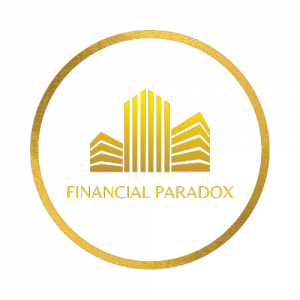What is NFT?
The typical definition of Non-Fungible Token (NFT) describes it as digital certificates or units of data that are unique and are owned by any specific user or creator, stored in the ledger format through blockchain technology. Non-fungible is an economic term that could be used to describe things like furniture, a song file, an image, or a computer. These are proofs of unique ownership and therefore are termed as non-interchangeable assets. Being on blockchain technology, these assets are permanent, secured and encrypted. This ensures no replication of the unique item stored in NFT, and every NFT has its value with no token being the same.
How Non-Fungible Token (NFT) works?
The basic working of NFT is just as same as any other cryptocurrency working on blockchain technology. The creator or the artist can use the technology to store the unique data that they are creating and then sell it on the blockchain marketplace. The creator can use the metatags to register their signatures to certify the originality and also can include any more information they wish to add. They also include a certificate for ownership, which signifies complete rights over the token and data in it belongs to the user having the token at present.
The data can be of the form including tangible or intangible assets or digitally stored assets, like song files, images, paintings, music beats, video game skins, furniture, ticket’s to events etc. the tangible assets cannot be claimed in physical form but recognize and can be saved as an asset but not be used for hanging on the wall. the ownership based on digital value. An example would be, a unique painting in the form of a digital token The buying-selling process is in a transaction with the help of cryptocurrencies as a medium of exchange. There are no intermediaries or any form of regulatory authority to restrict the movement. All the procedures are computerized on blockchain technology with zero biases.
Uses of NFT
- creation and documentation – the user can create and store important documents like driving licenses, certificates, records or medical histories etc. on NFT which enables protection of data as well as can easily be recorded in digital tokens free from hassle.
A big case example could be of San Marino, the principality is going to use NFT as means to issue vaccination passports to the citizens who got jabs, uniquely giving out certifications using blockchain NFT’s to simplify the procedure and records.
- Selling off artifacts, unique digital creations etc – the person with a creative mind can use NFT to digitalize the creation and sell-off. The example of events can be videos of some concert or sports event, gifs, music, art, games etc. This creates a sense of security as well as no plagiarism check is automatically applicable.
Nyan Cat, a 2011-era GIF of a cat with a pop-tart body, sold for nearly $600,000 in February.
- Tracking logistics – logistics tracking and supply chain recognition can be done easily through NFT, helping in collecting information about items, their materials and transit details with timings. The technology can ease the burden of record-keeping of unique products.
NFT’s V/s Traditional rights
The very basic perception and rule of blockchain are that it depends on codes, having complete transparency. This gives a reliable source for users to create and use, whereas, in the traditional system of patents, rights or copyrights for originality, the functioning of intermediaries causes many delays as well as fear of transparency. The case of NFT ensures the buyer and seller of a proper transaction ledger and uses no intermediaries. The transfer of rights goes hand in hand with the transaction and without the threat of plagiarism but in the case of the traditional system.
The best part of these rights is that they can be traded as investments and can be monetized easily with digital tokens rather than finding buyers in physical space. The buyers and sellers can have a huge market size without boundaries, therefore, easing the procedure of the marketplace. Blockchain technology also helps to connect in a better user interface and saves time for transactions. This simple form of unique asset rights creates a sense of security and therefore engaging more and more users to create digital assets on their name without many regulatory compliances.
Market valuation and prospects
No doubt, it is very clear to view high market trends in NFT marketplaces. Enthusiast buying and selling these digital assets or unique creations that they like or want, treat them as investments with intrinsic values. These investments can have speculative factors which at times can fetch high prices. Taco Bell’s NFT art sold out in minutes, with the highest bids coming in at 1.5 wrapped ether (WETH)—equal to $3,723.83 at the time of writing. The current valuation of sales of NFT in the market surges to an all-time high at $2.5 billion for the first half of 2021, in comparison to $13.7 billion in the first half of 2020. This signifies the growth prospects of the NFT market and the craze among the users.

within less than three months, the combined market cap of major NFT projects has increased by 1,785%. This indicates the robust nature of demand which shows high future scenarios and evergrowing investment tracks. This also creates a possibility to attract new users in upcoming years and impact other markets adversely, diverting more assets to non-fungible tokens.






